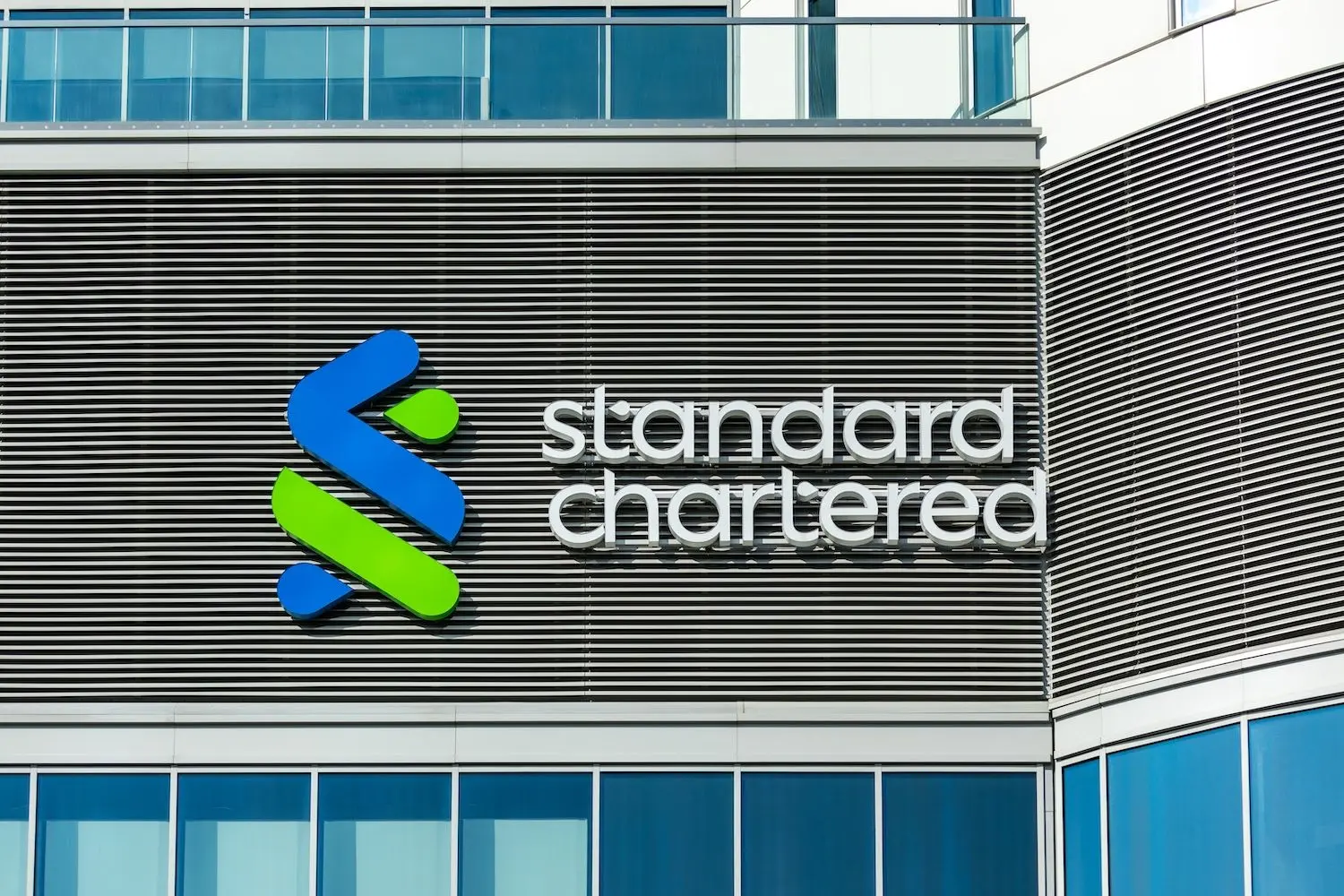Standard Chartered has issued a projection that tokenized real-world assets will surge from $35 billion to $2 trillion by the end of 2028, driven by what the bank describes as a fundamental shift in how stablecoins are reshaping both traditional and decentralized finance. The forecast comes from Geoff Kendrick, the bank's head of foreign exchange and digital assets research, who argues that stablecoin adoption has created the necessary conditions for institutional money to flow into decentralized finance protocols.
What to Know:
- Standard Chartered predicts tokenized real-world assets will reach $2 trillion by 2028, up from $35 billion currently, with stablecoins projected to grow from $230 billion to $2 trillion in the same period.
- The bank's analyst identifies three preconditions for decentralized finance growth: increased awareness in developed markets, adequate on-chain liquidity, and expanded lending and borrowing infrastructure.
- Ethereum's dominance in decentralized finance has positioned the network as the primary infrastructure layer for traditional financial institutions exploring blockchain-based services.
Stablecoins Set Foundation for Institutional Adoption
Kendrick wrote in a note to clients that stablecoin growth in 2025 has disrupted traditional payment networks and savings products. The disruption has triggered what he calls three critical preconditions for sustained growth in decentralized finance.
"The success of stablecoins in 2025 has started to disrupt TradFi payment networks and savings. It has also set three important DeFi boom preconditions in motion — raised awareness in developed markets, created the necessary liquidity on-chain, and driven an expansion of on-chain lending and borrowing," Kendrick wrote.
The stablecoin market expansion to $2 trillion would require an additional $1.6 trillion in U.S. Treasury bills held as reserves, according to Kendrick's calculations.
That amount represents all planned new T-bill issuance during the projection period. "Specifically, I think stablecoins will go from $230 billion to $2 trillion by the end of 2028. That growth will require an extra $1.6 trillion of US T-bills to be held as reserves, and that is all of the planned new T-bill issuance over that period," Kendrick told BeInCrypto.
The projection aligns with forecasts from the Treasury Borrowing Advisory Committee, according to a recent publication from US Crypto News. Kendrick's estimate for tokenized real-world assets mirrors his earlier stablecoin market capitalization forecast, suggesting he expects institutional adoption of on-chain assets to follow a similar trajectory.
Ethereum Positioned as Primary Infrastructure Layer
The Ethereum network, which holds the largest share of total value locked in decentralized finance protocols, has taken steps to court institutional users. The Ethereum Foundation on Wednesday launched a dedicated page explaining decentralized finance infrastructure to traditional finance institutions.
Kendrick described the move as evidence of Ethereum's expanding role in global digital finance.
"TradFi is turning to Ethereum, which dominates the DeFi space. Key DeFi protocols like Aave are going to be the winners. The future of finance is now," he said.
Decentralized finance refers to blockchain-based financial services that operate without traditional intermediaries such as banks or brokerages. The sector uses smart contracts — self-executing code on blockchains — to facilitate lending, borrowing, and trading. Tokenized real-world assets represent traditional financial instruments such as bonds, real estate, or commodities that have been converted into digital tokens on a blockchain, allowing them to be traded or used as collateral in decentralized protocols.
Standard Chartered has maintained a bullish stance on digital asset integration compared to most major banks. The firm previously forecast Bitcoin reaching new price levels amid global liquidity shifts and regulatory changes. Kendrick's latest analysis extends that outlook to decentralized finance, positioning it as the next phase of institutional blockchain adoption.
Closing Thoughts
Standard Chartered's projection suggests traditional financial institutions may move beyond experimental pilot programs to treat decentralized finance as core infrastructure. If the bank's timeline proves accurate, the shift would occur over the next three years.

